
Shingles Vaccine May Protect Against Dementia, New Study Suggests
Could a simple vaccine hold the key to protecting the brain against one of the most feared diseases of aging?
Most people imagine Parkinson’s disease beginning with trembling hands or a shuffling walk. But in reality, the earliest signs are far subtler — often dismissed as unrelated quirks until much later. Recognizing them early may provide a vital opportunity for closer monitoring and earlier intervention.
Parkinson’s disease rarely presents in the stereotypical way — with a forward stooped posture, rigid movements, or the classic shuffling gait. Instead, the earliest indicators are vague, nonspecific, and easy to overlook. Only in hindsight are they recognized as red flags.
By the time the more obvious symptoms surface, nearly half of the dopaminergic neurons — the brain cells responsible for producing dopamine — are already permanently lost. This dopamine shortage disrupts motor control and triggers hallmark features such as tremors, stiffness, slowed movements, and balance difficulties (summarized by the acronym TRAP). Diagnosis remains largely clinical, supported by neurological exams and often confirmed with specialized imaging such as dopamine transporter scans (DaT SCAN). The disease usually develops slowly, with symptoms starting on one side of the body before becoming more widespread.
Although Parkinson’s is still incurable, spotting its early signs can open the door to preventive strategies, clinical monitoring, and potentially slowing progression. Some warning symptoms can precede the motor stage by years, making awareness essential. Below are some of the most important prodromal indicators.
Rapid Eye Movement (REM) Sleep Behavior Disorder (RBD)
While sleep disruption is commonly reported in Parkinson’s, a very specific sleep disorder — REM sleep behavior disorder — is often overlooked. Unlike ordinary insomnia, RBD involves vivid, action-filled dreams accompanied by dramatic physical movements such as shouting, thrashing, punching, or kicking. These behaviors frequently disturb not just the patient, but also their bed partner.
RBD occurs in only about 0.5%–1% of the general population, but the rate rises to 5% in those over age 60. Crucially, studies show that nearly 80% of people diagnosed with RBD may go on to develop Parkinson’s within 15 years, making it one of the most significant prodromal signs.
Clinicians should ask detailed questions about dream enactment, vocalizations during sleep, or violent movements that recur. While such behaviors are sometimes dismissed as unusual or quirky sleep habits, repeated episodes warrant careful neurological follow-up.
Constipation
Parkinson’s disease doesn’t always begin with tremors — in fact, gastrointestinal changes are among the earliest non-motor indicators. Constipation is particularly common, affecting up to 75% of patients, and may appear decades before other symptoms.
This link stems from Parkinson’s impact on the autonomic nervous system, including the enteric nervous system that regulates bowel motility. According to the Braak hypothesis, abnormal alpha-synuclein protein accumulations may first appear in the gut and olfactory bulb long before affecting the brain. These misfolded proteins interfere with nerve signaling, leading to digestive problems and later neurological decline.
Chronic, unexplained constipation should raise concern — especially if combined with other subtle clues such as reduced sense of smell, REM sleep disorder, or persistent fatigue. In fact, long-term studies suggest constipation can precede a Parkinson’s diagnosis by 10–20 years.
Loss of Smell (Olfactory Dysfunction)
A reduced or absent sense of smell — whether partial (hyposmia) or complete (anosmia) — is another overlooked warning sign. Many patients suddenly struggle to detect common scents such as coffee, banana, or vinegar, often without realizing its significance.
In Parkinson’s, the same misfolded alpha-synuclein proteins that damage gut nerves also affect regions of the brain responsible for olfaction. Animal studies suggest these proteins may spread like prions, moving from one neural region to another. Researchers are even exploring whether antibody therapies such as prasinezumab could help prevent or slow this pathological spread.
Though loss of smell alone is nonspecific, when it coexists with other prodromal features, it greatly strengthens the suspicion of early Parkinson’s.
Micrographia
Fine motor changes can also provide early warning. Writing — a complex neurological task — often becomes affected in Parkinson’s, leading to cramped, small handwriting known as micrographia. This occurs because dopamine deficiency reduces movement amplitude and precision.
Micrographia can develop before more noticeable motor signs and may be accompanied by other subtle changes, such as a soft or monotone voice, decreased facial expressiveness, or reduced arm swing while walking. These early disruptions reflect broader impairment of the extrapyramidal motor system.
Classic Motor Signs: TRAP
As the disease progresses, the classic motor features of Parkinson’s become more apparent:
Why Early Detection Matters
Catching these subtle, non-motor clues may help identify Parkinson’s long before the motor stage, opening the door to interventions that could delay its full expression. While no therapy yet halts progression, early diagnosis allows clinicians to track changes closely, test potential disease-modifying therapies, and provide supportive strategies to improve quality of life.
Ultimately, Parkinson’s does not arrive overnight — it announces itself quietly, through signs in sleep, digestion, smell, and fine motor control. Learning to recognize these whispers may one day change the course of the disease.

Could a simple vaccine hold the key to protecting the brain against one of the most feared diseases of aging?

From elevated cancer rates to stress-induced cardiovascular disease, the profession carries health costs that demand greater awareness and intervention.




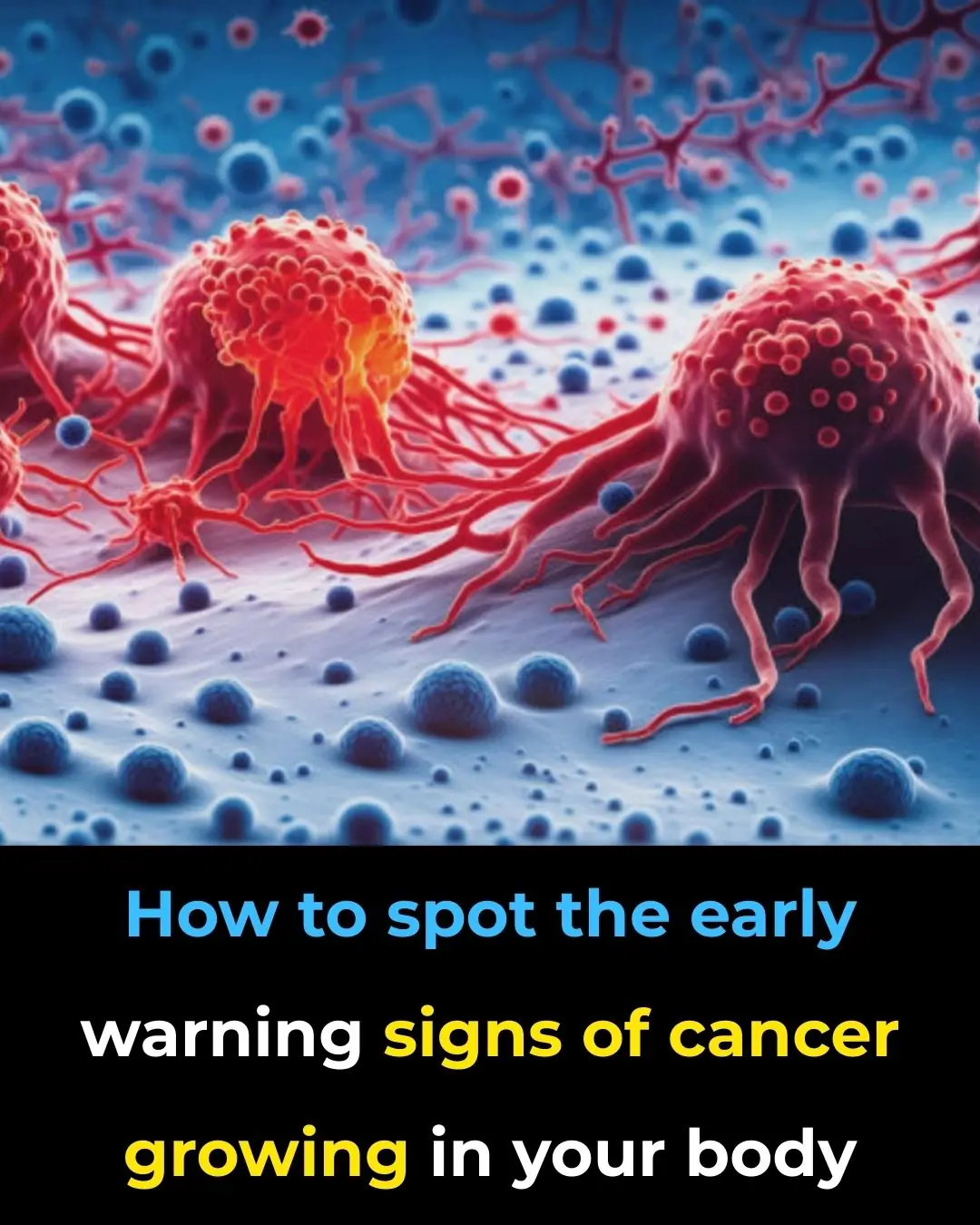



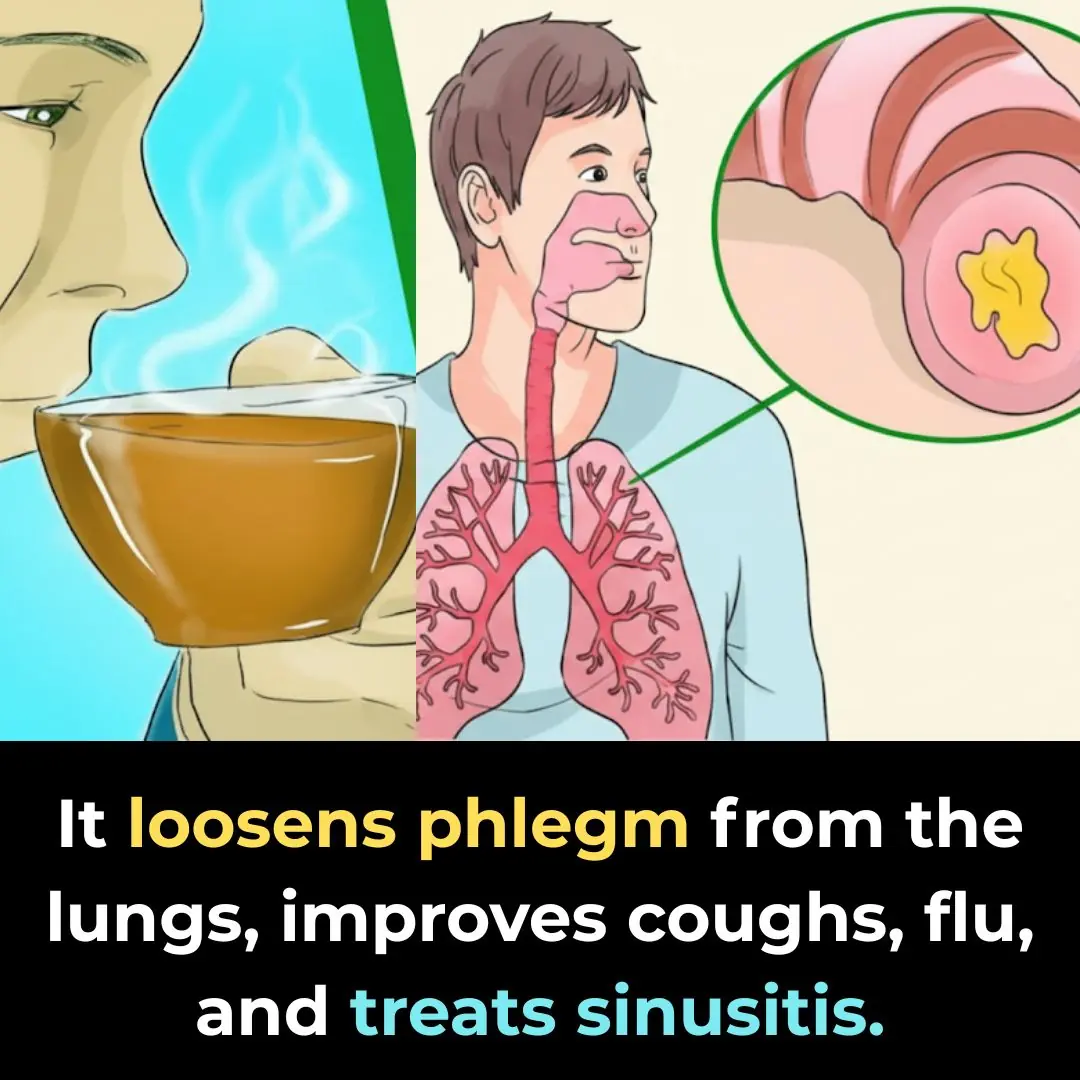
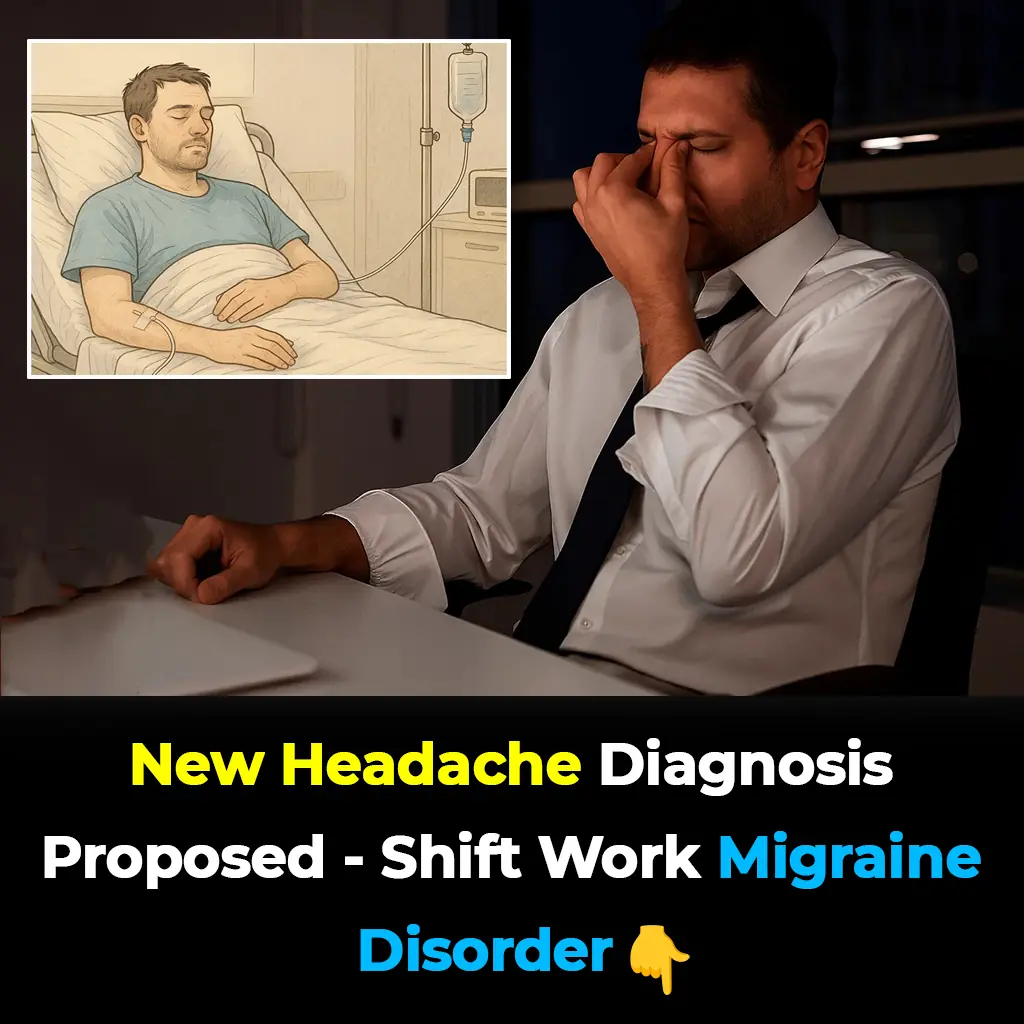
While debate continues over its official recognition, the research shines a spotlight on the neurological toll of modern labor demands and could pave the way for tailored treatments in the future.

The study authors emphasize that these findings mark only the beginning.




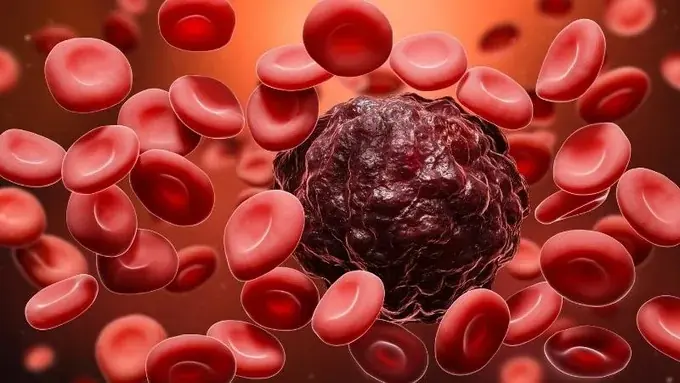
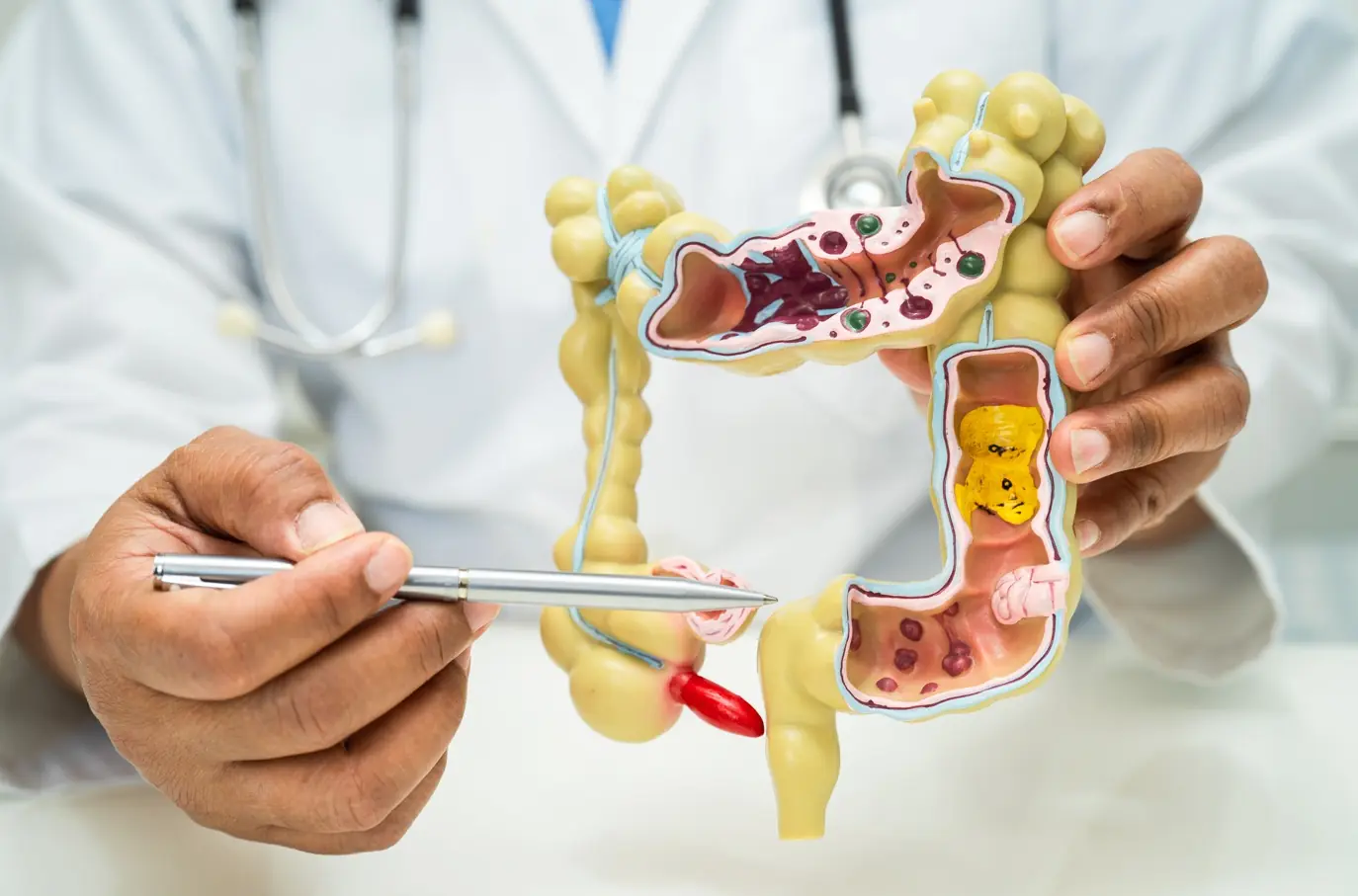




Could a simple vaccine hold the key to protecting the brain against one of the most feared diseases of aging?

Avoiding purine-heavy foods like organ meats, processed meats, certain fish, and yeast-based products can help reduce flare-ups and maintain joint health.

From constant-use devices like refrigerators to high-powered kitchen tools, every household has hidden electricity traps.

From elevated cancer rates to stress-induced cardiovascular disease, the profession carries health costs that demand greater awareness and intervention.


Homemade carrot oil is a simple, nutrient-packed solution for brighter, firmer, and deeply hydrated skin. Whether you choose the slow, nutrient-preserving sun infusion or the quick simmering method, this golden oil can rejuvenate your skin from the inside










